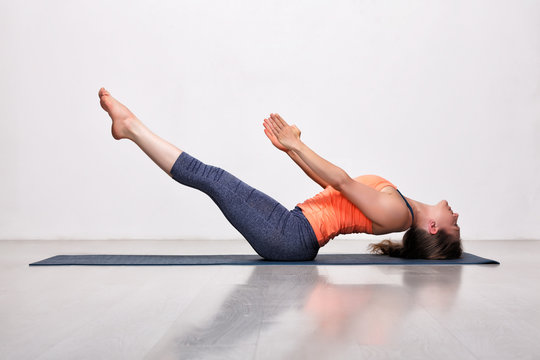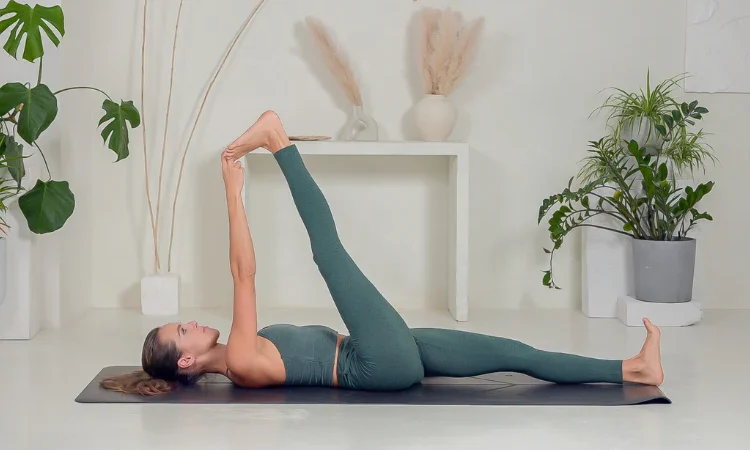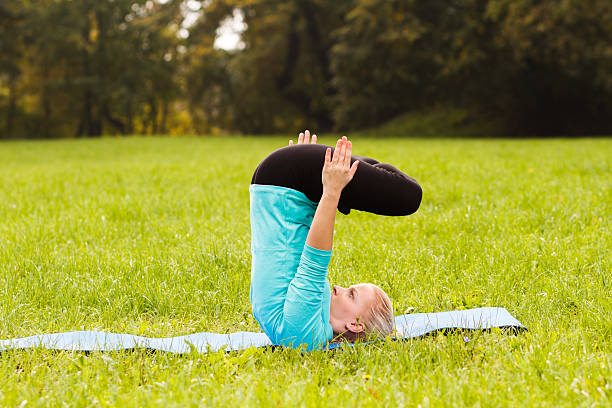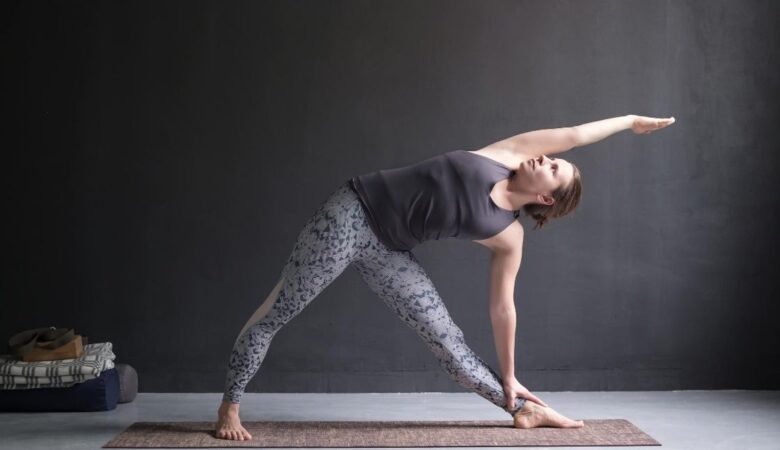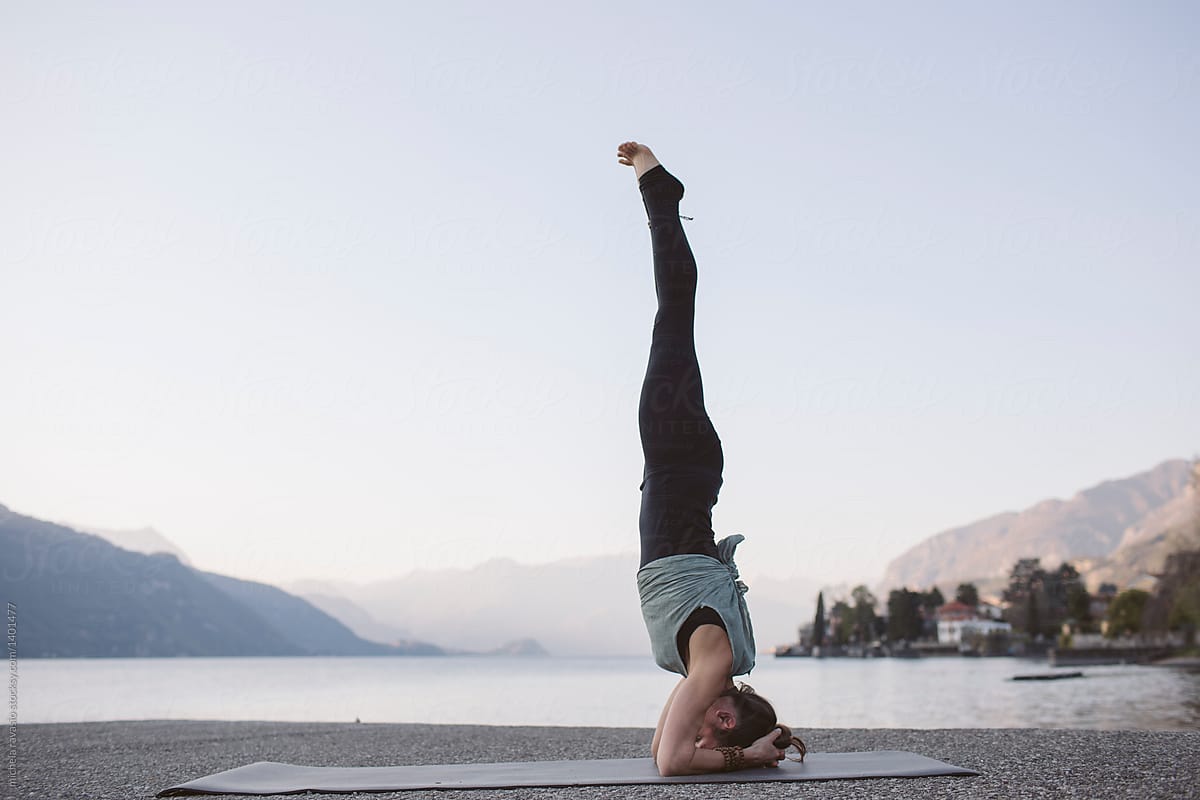Uttana Padasana, also known as Raised Leg Pose, is a powerful yet simple yoga asana (pose) that involves lying on the back and raising the legs while maintaining proper alignment and control. It is a posture that engages the core, strengthens the lower body, and improves overall flexibility. While its simplicity makes it accessible to most practitioners, its benefits extend to improving posture, boosting digestion, and enhancing mental focus.
Table of Contents
What is Uttana Padasana?
Uttana Padasana, also known as the Raised Leg Pose, is a reclining yoga posture that involves lying on the back and raising both legs at an angle without bending the knees. It is a foundational pose in many yoga routines and is especially known for its core-strengthening, abdominal toning, and digestive benefits.
Meaning of Uttana Padasana:
The name is derived from Sanskrit:
- “Uttana” = raised, extended, or stretched out
- “Pada” = foot or leg
- “Asana” = posture or seat
So, Uttana Padasana literally means “Raised Leg Posture.”
Steps to Perform Uttana Padasana:
See below how to perform this yoga pose.
Step 1:
Begin by lying flat on your back on a yoga mat, with your arms extended by your sides, palms facing down.
Keep your legs together, ensuring that your feet are pointing directly upwards. Close your eyes and take a few deep breaths to relax your body and mind.
Step 2:
Inhale deeply as you slowly raise your legs off the floor while keeping them straight. Keep your feet flexed, and ensure that your legs are straight and aligned with your torso.
Try to lift your legs to an angle of around 45 degrees, or higher if possible, depending on your flexibility and strength.
Step 3:
Activate your core muscles by drawing your belly button towards the spine, engaging the abdominal area. This helps stabilize the body and keeps the lower back from arching excessively.
Step 4:
Hold the position for 15-30 seconds (or longer if you’re able) while keeping your legs extended and engaged.
Keep your breath steady and controlled, inhaling through the nose and exhaling through the mouth. Avoid straining; the goal is to maintain the pose comfortably without discomfort.
Step 5:
To release the pose, gently lower your legs back to the ground while exhaling. Rest for a few moments in Savasana (Corpse Pose) to allow your body to relax and recover.
Benefits of Uttana Padasana:
Uttana Padasana is a great addition to a daily yoga routine and can be practiced by individuals at all levels of experience. The name comes from the Sanskrit words Uttana (extended or stretched) and Padasana (leg posture). This asana provides a deep stretch to the legs and helps in the strengthening of abdominal muscles, pelvic area, and lower back.
1. Strengthens the Core and Abdominal Muscles:
Uttana Padasana is particularly effective at engaging and strengthening the core. As you raise your legs and hold them up, your abdominal muscles contract, building strength and toning the midsection. This can help in achieving a more toned and flat stomach.
2. Enhances Flexibility and Strength in the Legs:
The act of lifting the legs works the hip flexors, hamstrings, quadriceps, and calves, increasing their flexibility and strength over time. This asana helps in elongating the leg muscles and improving overall lower body flexibility.
3. Improves Blood Circulation:
The inversion aspect of Uttana Padasana encourages better blood flow to the upper body, especially to the heart and brain. This helps to improve circulation and oxygen supply, giving your body a rejuvenating boost.
4. Stimulates the Digestive System:
The gentle pressure placed on the abdominal area in Uttana Padasana stimulates the digestive organs, which can aid in better digestion and improved metabolism. It can also help in alleviating constipation and bloating.
5. Improves Posture and Spine Health:
Holding the body in a lifted position strengthens the lower back and spine. It helps in improving posture by promoting spinal alignment. Additionally, Uttana Padasana can help in preventing lower back pain when performed regularly.
6. Enhances Mental Focus and Clarity:
Practicing this pose requires concentration, helping to calm the mind and increase mental focus. Regular practice of Uttana Padasana may lead to improved clarity, reduced stress, and heightened awareness.
7. Supports Flexibility in the Hips and Pelvis:
Uttana Padasana stretches the hip flexors, which can become tight from prolonged sitting. The pose also helps in opening up the pelvis and can assist in the release of any accumulated tension in the hip area.
8. Aids in Reducing Belly Fat:
As the core muscles are activated during Uttana Padasana, it can support efforts to reduce belly fat. The pose helps tone the abdominal area, which, in combination with a healthy diet and other physical activity, may assist in fat loss.
9. Reduces Stress and Anxiety:
As Uttana Padasana engages both the body and mind, it is an effective tool for reducing stress levels. The controlled breathing required during the pose can activate the parasympathetic nervous system, which helps in relaxation and stress relief.
Precautions and Contraindications:
While Uttana Padasana has many benefits, it’s important to practice it with caution, especially if you have any pre-existing medical conditions. Here are some precautions to keep in mind:
-
Neck and Back Issues: If you suffer from neck or back pain, especially lower back issues, consult with a healthcare provider before performing this pose, as the pressure on the back can sometimes aggravate these conditions.
-
Pregnancy: Pregnant women should avoid this pose, especially in the later stages of pregnancy, as it may put too much pressure on the abdominal area.
-
Heart Conditions: Individuals with heart conditions or high blood pressure should also be cautious, as the inversion could increase strain on the heart.
-
Injuries: If you have any injuries in the legs, hips, or lower back, it’s better to avoid or modify the pose until recovery.
FAQs:
Q. Can Uttana Padasana help with back pain?
A. Yes, when practiced correctly, Uttana Padasana can help strengthen the lower back and alleviate tension. However, if you have severe back pain or issues like a herniated disc, consult with a yoga instructor or healthcare provider before practicing.
Q. How long should I hold Uttana Padasana?
A. Beginners can start by holding the pose for 10-15 seconds and gradually increase the time to 30 seconds or more as their strength and flexibility improve.
Q. Can I do Uttana Padasana every day?
A. Yes, Uttana Padasana can be practiced daily as part of your yoga routine. However, listen to your body and avoid overexerting yourself.
Q. Is it necessary to keep the legs straight in Uttana Padasana?
A. It is ideal to keep the legs straight for maximum benefit, but if you find it difficult, you can keep a slight bend in the knees. Just make sure your legs are engaged to activate the core.
Q. Can I do Uttana Padasana if I have tight hamstrings?
A. Tight hamstrings might make it difficult to raise your legs fully straight. If this is the case, practice with a slight bend in the knees until your flexibility improves.
Conclusion:
Uttana Padasana is a wonderfully accessible and effective yoga pose that offers numerous benefits for both the body and mind. By strengthening the core, improving flexibility in the legs, and enhancing circulation, this simple asana can significantly improve your physical health and well-being. Regular practice can lead to better posture, reduced stress, and improved digestion, making it a valuable addition to your yoga routine.
As with any yoga pose, it’s essential to practice Uttana Padasana with mindfulness, paying attention to your body’s signals and adjusting the posture as needed. If practiced with consistency, this asana will help build a stronger, more flexible body and a calmer, more focused mind.

